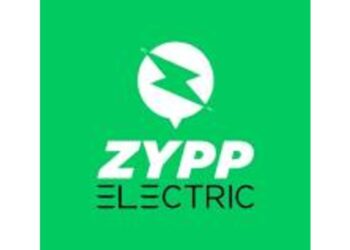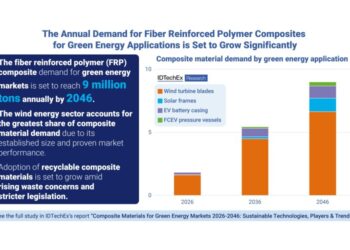BANGALORE, India : Wind Energy market is segmented By Type (Turbine Blade, Electricity Generator, Tower, Control Equipment, Other), Segmented By Application(Power Plants, Street Lamp, Other) : Opportunity Analysis and Industry Forecast, 2022–2028. It is published in Valuates Reports under the Energy & Utilities Category.
Wind Energy market is estimated to be worth USD 7287.2 Million in 2022 and is forecast to be a readjusted size of USD 9599.3 Million by 2028 with a CAGR of 4.7% during the review period.
Major Factors Driving the Growth of Wind Energy Market
The shift towards renewable energy sources for meeting global electricity consumption, rising fossil fuel prices, and favorable government initiatives to reduce carbon emissions will drive the growth of the market during the forecast period.
The increasing production capacity of wind turbines, technological developments in wind generation, and lower operational costs will surge the market demand in the coming years.
TRENDS INFLUENCING THE GROWTH OF THE WIND ENERGY MARKET
The growing world population and integration of the global economy are leading to a larger demand for electricity. Countries are shifting to wind energy due to rising fuel and oil prices. Wind power is pollution free and leads to stable electricity generation. Wind turbines do not consume water, and have a shorter energy payback system along with lesser time to market. This is fueling the growth prospects of the wind energy market. It is abundantly available and requires no extraction thereby decreasing environmental costs.
Countries around the world are setting ambitious decarbonization plans to reduce carbon emissions globally. Many federal and state authorities have announced production tax credits, renewable portfolio standards, and net metering policies to ensure sustained global wind energy market growth. Long-term RES targets support commercial renewable energy projects.
Wind turbines are getting taller, helping power producers make wind economical in many locations. The greater the radius of rotor blades the more wind power it can access. In turn, the torque becomes efficient in powering the electricity generators. This augments the demand for the wind energy market. Turbines can be installed on existing farms or ranches. Power plant owners make rental income to farmers thereby providing landowners an additional income stream.
Continuous technological developments are aiding offshore wind turbines. They have become lightweight, and durable which reduces the need for recurring maintenance and repairs. The higher tensile strength and lower blade loads maximize the power conversion efficiency. This in turn brings down the operational costs in the long term. The preference for turbines will thereby push the prospects of the global wind energy market forward. As the electricity is sold at a fixed price and the fuel is free it mitigates the price uncertainty.
The excess energy generated during peak hours can easily be stored through electrical batteries that are well suited to trickle charging and have high electrical output efficiency. This ensures a reliable energy supply even during harsh weather conditions.
Wind turbine applications require larger capital investments. The enormous costs include turbine installation, foundation, grid connection, control systems, land, road construction, and electrical installation. These challenges will hamper the progression of the wind energy market during the forecast period. Additionally, the unpredictability of weather patterns will provide extra issues.
WIND ENERGY MARKET SHARE ANALYSIS:
Based on type, the turbine blades segment will dominate in the wind energy market share owing to the increasing efficiency of turbine blades, technological advancements in turbine manufacturing, and reduction in operational costs.
Based on region, North America will be the most lucrative due to the rapid expansion of infrastructural projects and favorable government policies.













